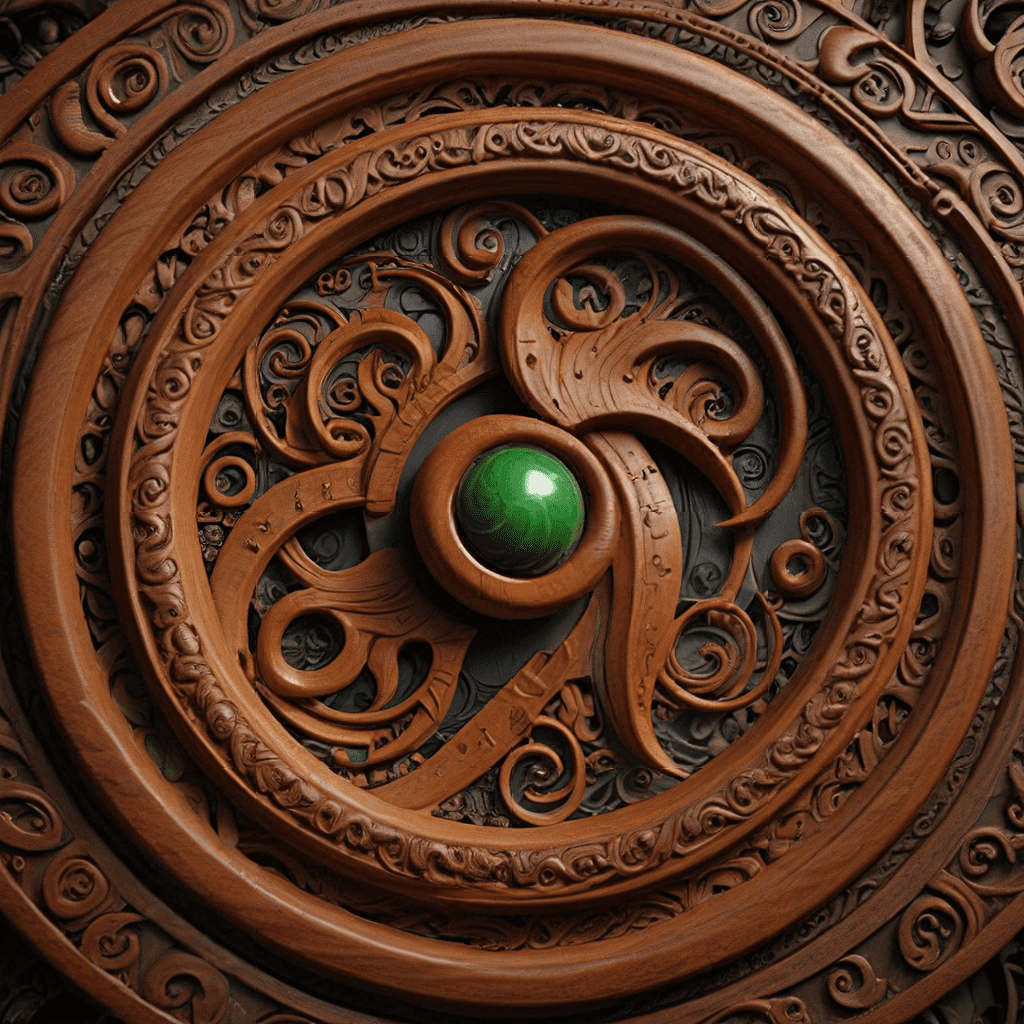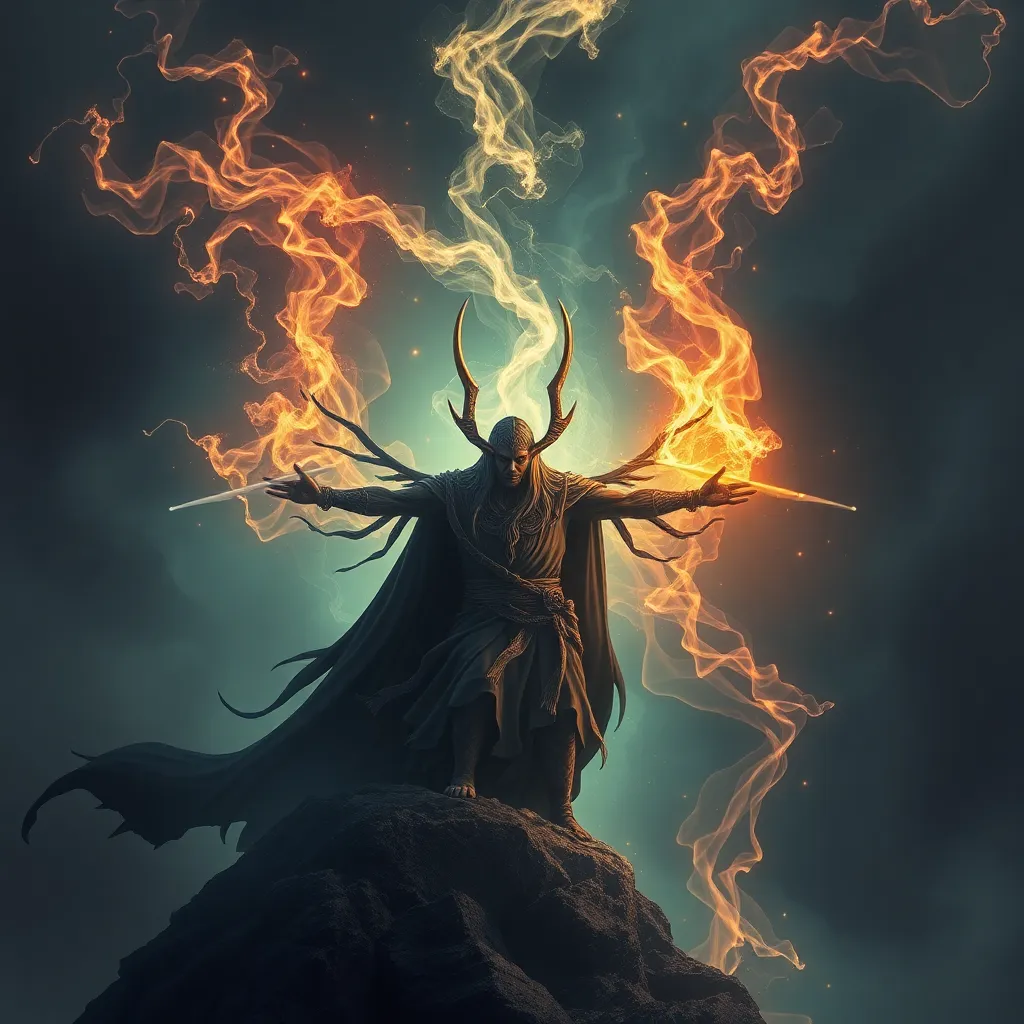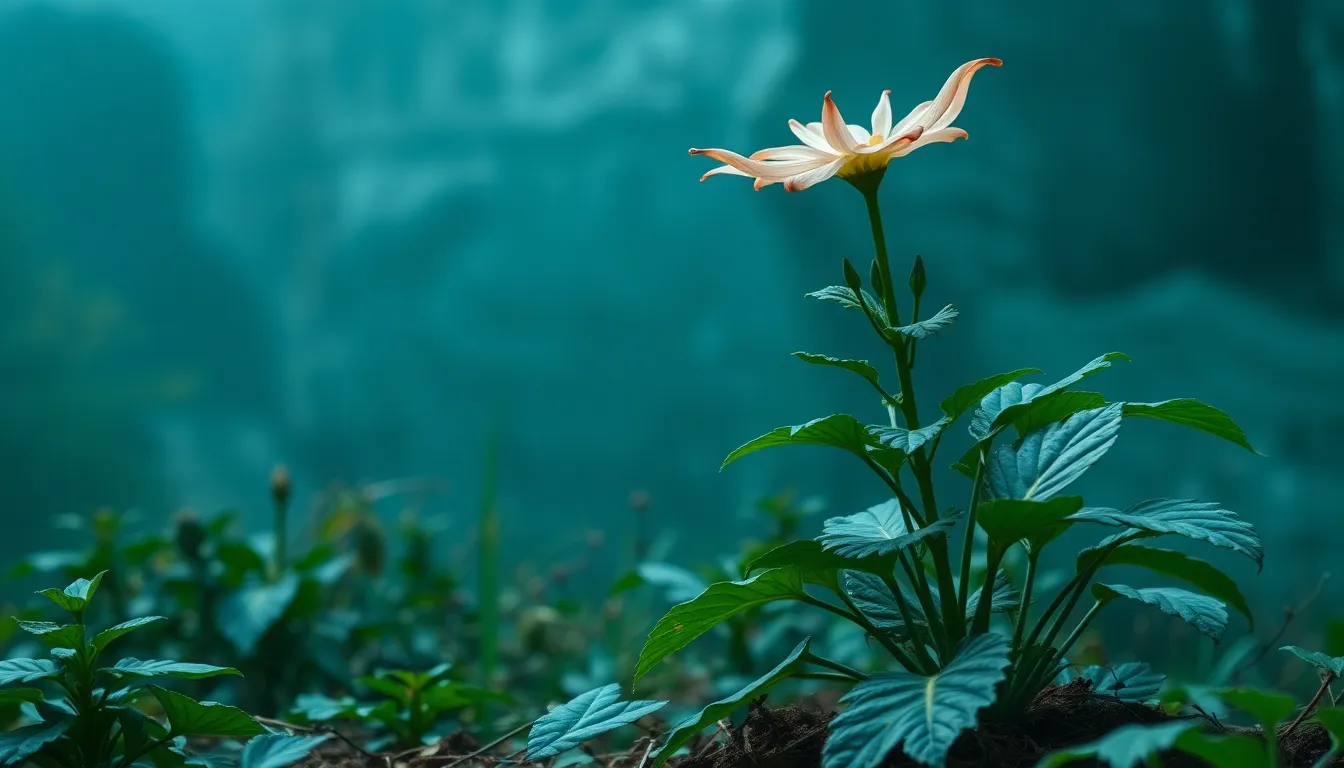Mythical Threads: How Chinese Legends Shaped Thai Culture
The Role of Chinese Mythology in Thai History
Thailand's rich cultural tapestry is woven with threads of Chinese mythology, showcasing a fascinating interplay of traditions. This influence, stretching back centuries, reveals itself in many aspects of Thai culture, from literature and art to festivals and everyday beliefs. Understanding this interconnectedness sheds light on the fascinating evolution of Thai identity.
The infusion of Chinese mythology into Thai culture began during the Sukhothai period (1238-1438), a time of significant cultural exchange between the two nations. As trade flourished and political ties strengthened, Chinese beliefs and stories traveled across the border, gradually integrating into Thai society. The influence of Chinese mythology continued to be felt through the Ayutthaya period (1351-1767) and the Rattanakosin period (1782-present), leaving an enduring mark on Thai customs and traditions.
Key Mythological Figures and Their Impact
Among the most prominent figures from Chinese mythology to find a place in Thai culture are the Jade Emperor, the supreme ruler of the heavens, and the Monkey King, a mischievous but ultimately benevolent figure. The Jade Emperor, known as "Phra In" in Thai, is often depicted in Thai art and literature as a powerful and just ruler, symbolizing cosmic order and divine authority.
The Monkey King, known as "Hanuman" in Thai mythology, is a symbol of courage and trickery. He is revered as a protector and is often depicted in Thai art and literature as a valiant warrior, often portrayed in scenes of epic battles and adventures.
The Influence of Chinese Zodiac Animals
The Chinese zodiac, with its twelve animal signs, is deeply ingrained in Thai culture. Each animal, from the Rat to the Pig, is associated with specific personality traits and is believed to influence the destiny and fortune of those born under its sign. This system is used to determine compatibility between individuals, predict future events, and guide important decisions.
The zodiac animals are prominently featured in Thai festivals and rituals. For example, the Chinese New Year, celebrated annually in Thailand, is a vibrant occasion where people dress up in colorful costumes, enjoy traditional food, and honor the animal sign of the year.
The Incorporation of Chinese Mythological Creatures
Thai mythology features a rich array of fantastical creatures, many of which have their roots in Chinese legend. The mythical creatures, often depicted in temples, art, and traditional performances, carry symbolic meanings and represent different forces in the universe.
The Kirin, a mythical creature with the head of a dragon, the body of a horse, and scales of a fish, symbolizes good fortune, prosperity, and longevity. The phoenix, a majestic bird that symbolizes rebirth and renewal, is another prominent creature in Thai mythology, representing hope and spiritual transformation.
The Influence of Chinese Mythology on Thai Literature and Art
The influence of Chinese mythology is clearly evident in Thai literature and art. Thai folktales and epic poems often feature characters and themes drawn from Chinese mythology, reflecting a shared storytelling tradition. The Ramakien, a Thai epic poem, bears striking resemblance to the Chinese classic "Journey to the West," showcasing the influence of Chinese mythology on Thai storytelling.
Thai art displays the influence of Chinese mythology through decorative motifs and imagery. The elaborate carvings and murals on temples often depict scenes from Chinese mythology, such as the Jade Emperor's court or the adventures of the Monkey King, adding to the visual richness of Thai cultural expression. The Dragon, a symbol of power and auspiciousness in Chinese mythology, is often depicted in Thai art, typically in the form of gilded dragons adorning palaces and temples.
The Influence of Chinese Mythology on Thai Festivals and Rituals
Thai festivals and rituals are infused with elements of Chinese mythology, bringing ancient beliefs and stories to life through vibrant celebrations and traditional practices. The Chinese New Year, known as "ตรุษจีน" (Trut Chin) in Thai, is a major festival celebrated across Thailand with great enthusiasm. This colorful occasion features lion and dragon dances, traditional feasts, and the exchange of "hongbao" (red envelopes filled with money). The zodiac animal of the year plays a central role in the celebrations, with people wearing red clothing and decorating their homes with symbols of luck and prosperity.
Other Thai festivals, such as the Loy Krathong, also incorporate elements of Chinese mythology. This festival, which involves floating small, decorated rafts on waterways, is associated with the Chinese legend of the Moon Goddess. The act of releasing the krathongs, representing a letting go of negativity, is seen as a way to honor the Moon Goddess and ask for blessings.
The Role of Chinese Mythology in Thai Beliefs and Values
Chinese mythology has influenced Thai beliefs and values in profound ways. The concept of "karma" (กรรม, kamma) and "reincarnation" (เวียนว่ายตายเกิด, wian wai tai koet) is deeply rooted in Thai Buddhist beliefs, and these concepts find their origin in Chinese mythology. The idea of a "heavenly realm" (สวรรค์, sawarn) and a "hell realm" (นรก, narok) also stems from Chinese mythology, shaping the Thai understanding of the afterlife and the importance of moral conduct.
Thai proverbs and sayings often draw from Chinese mythology, reflecting the cultural influence on everyday speech and thought. For example, the phrase "อย่าเอาเงาไปแลกกับแก่น" (Ya ao ngao pai laek kap gaen) translates to "Don't trade the shadow for the core," reflecting the importance of focusing on substance over appearances, a concept rooted in Chinese philosophy.
The “Sinification” of Thai Culture
The influence of Chinese mythology on Thai culture is often referred to as "Sinification," a process of cultural assimilation where elements of one culture become integrated into another. In the case of Thailand, this process has been gradual and multifaceted, resulting in a unique cultural blend that reflects the historical and cultural exchange between the two nations.
This Sinification has had both positive and negative effects on Thai identity. On one hand, it has enriched Thai culture with fascinating stories, traditions, and beliefs, contributing to the unique cultural tapestry of Thailand. On the other hand, some aspects of Sinification have led to a perceived dilution of Thai traditions, raising concerns about the preservation of Thai cultural heritage.
Theories on the Transmission of Chinese Mythology to Thailand
The transmission of Chinese mythology to Thailand has been a complex process, with several theories explaining the spread of these beliefs and stories. One theory suggests that trade played a crucial role, as merchants and travelers brought with them Chinese stories and traditions that quickly spread throughout the region.
Another theory centers on the role of political ties, with Chinese dynasties influencing Thai rulers and leading to the adoption of Chinese customs and beliefs. The influence of Chinese cultural centers like Nanyang (Southeast Asia) also played a significant role in spreading Chinese mythology, shaping the cultural landscape of the region.
The Interplay of Chinese and Thai Mythological Traditions
The co-existence of Chinese and Thai mythical traditions is a testament to the dynamic interplay of cultural influences. While Chinese mythology has undeniably left its mark on Thai culture, Thai mythology has also retained its distinct identity. This interplay is evident in the unique way that Thai mythology interprets and adapts Chinese stories and figures.
For example, the story of Hanuman, the Monkey King, is deeply intertwined with both Thai and Chinese mythology. While Hanuman is primarily a figure in Thai mythology, his origins and characteristics are rooted in the Chinese Monkey King. This blending of traditions showcases the fascinating interplay between Chinese and Thai mythology, creating a rich and diverse cultural landscape.
FAQ
1. What is the most significant impact of Chinese mythology on Thai culture?
The most significant impact of Chinese mythology is the integration of key mythical figures, stories, and beliefs into Thai traditions, influencing festivals, rituals, literature, art, and everyday values.
2. How did Chinese mythology influence Thai festivals?
Chinese mythology has infused Thai festivals like the Chinese New Year and Loy Krathong with unique rituals, symbols, and themes, enriching the cultural significance of these celebrations.
3. How can we see the influence of Chinese mythology in Thai art?
The influence of Chinese mythology is evident in the depiction of mythical figures like the Jade Emperor and the Monkey King in Thai murals, sculptures, and decorative motifs, showcasing the artistic fusion of both traditions.
4. What are some examples of Thai proverbs influenced by Chinese mythology?
Thai proverbs like "Don't trade the shadow for the core" reflect the influence of Chinese philosophy on Thai thought and language, shaping everyday wisdom and guidance.
5. Is there a difference between Chinese and Thai mythology or are they the same?
While Chinese mythology has significantly influenced Thai mythology, both traditions have distinct and unique elements. Thai mythology has adapted and incorporated Chinese stories and figures while preserving its own identity and cultural heritage.



